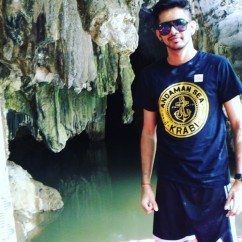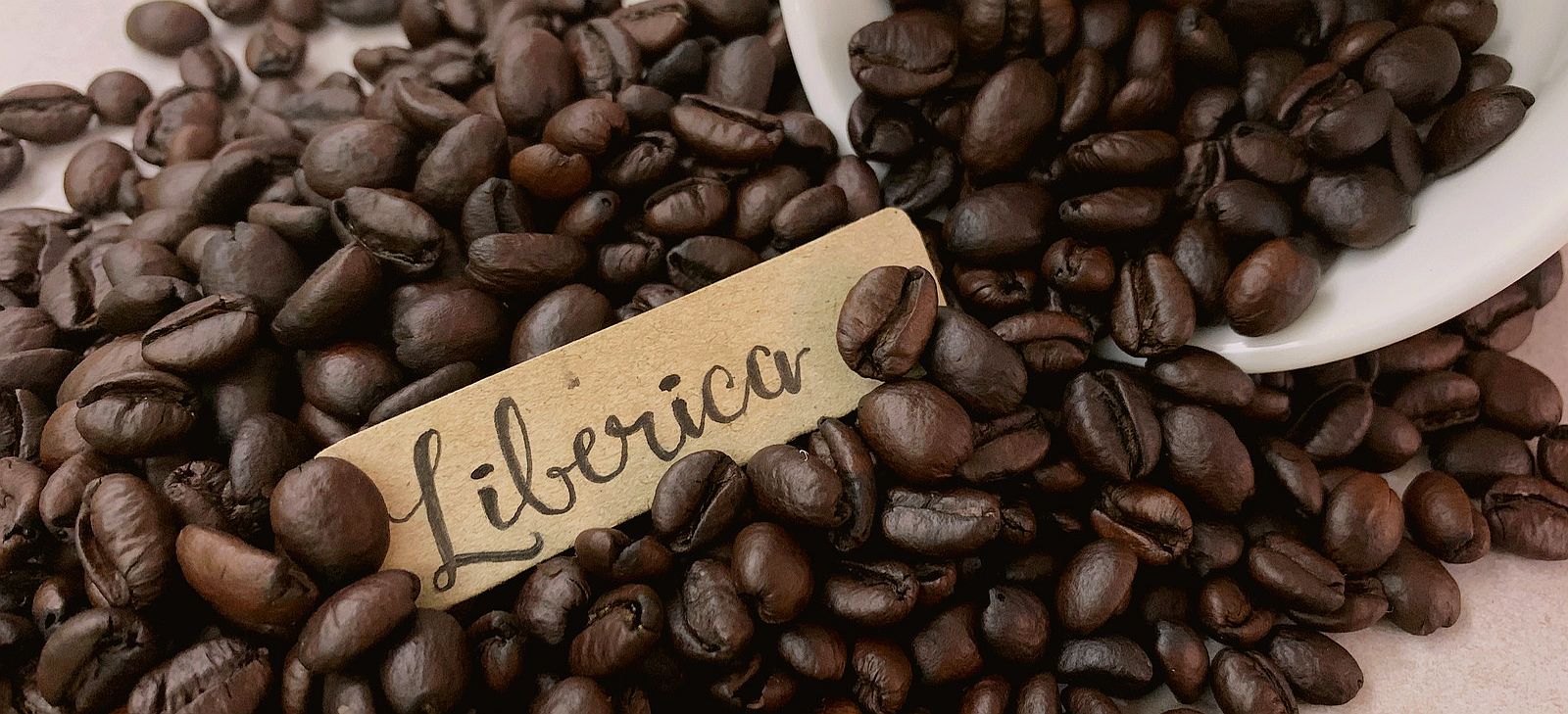Take a break from your normal everyday cuppa and explore what Malaysia has to offer the world of coffee!
When scrolling down a coffee menu, you often get the usual Arabica or Robusta. Coffee, however, is one of those things where usual isn’t necessarily better. With Malaysians habitually wanting tastes that are kaw – a locally coined term used to describe bold flavours – they seem to be missing out on Liberica coffee. This homegrown specialty could well be putting Malaysia on the coffee bean map.
Sometimes a regular cup of brew isn’t enough for our caffeine fix. Thankfully these days, we are getting our fair share of choices – single-origin beans, a medley of milk and sweeteners, as well as some special brewing methods. But some have stopped looking beyond Arabica and Robusta beans, so it’s no surprise that many are unaware of Liberica beans, which may account for only 1% of global coffee production yet often deliver delicate and eye-opening flavour profiles.
My Liberica is the country’s only speciality Liberica coffee bean producer. Under the stewardship of Jason Liew, their coffee plantation and processing mill in Kulai, plus a roastery in Johor Bahru strives to offer the best seed-to-cup coffee experience.
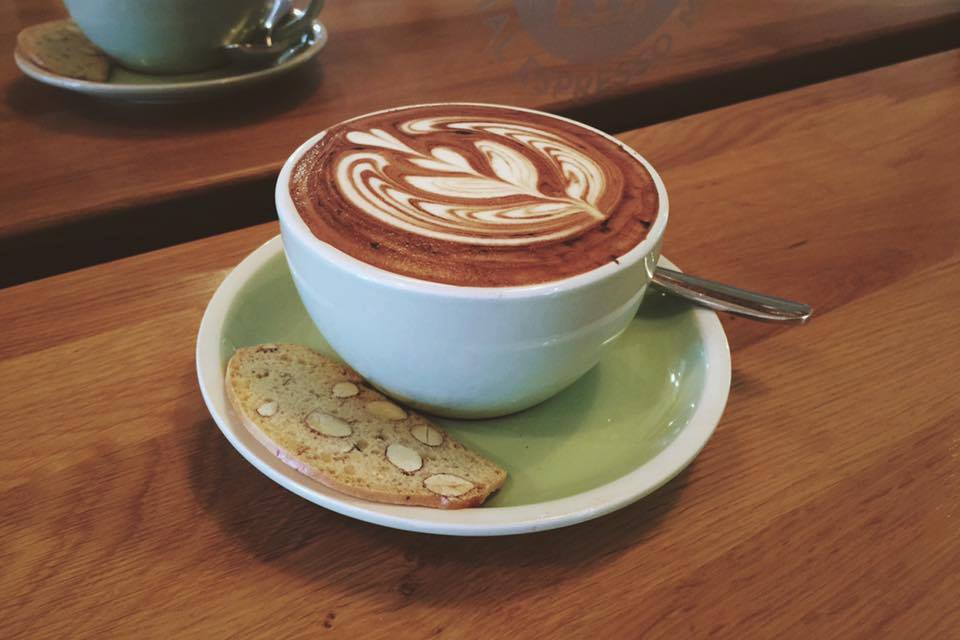
BEGINNING OF LIBERICA IN MALAYSIA
Liberica coffee was discovered in Liberia, West Africa, hence the name. Despite its history in cultivation and commercialisation dating back to the early 1800s, Liberica only rose to fame in the late 1870s. At the time, Arabica beans were still the top choice, but following a fungal disease (coffee rust) that wiped out much of the crops, particularly in Sri Lanka, the producers realised the importance of coffee beans that are disease-resistant. This new strain was introduced to Southeast Asia in the 19th century and is still highly regarded in the Philippines.
Around 150 years ago, the colonising British Empire brought this rare coffee species to Malaysia. Growing from a much larger plant than Arabica and Robusta, the Liberica cherries were big and initially dubbed ‘Elephant Coffee.’ Planting Liberica is bliss since the plants are highly adaptable on both flat and high lands. Meanwhile, the other two recognised beans are restricted by temperature and altitude.
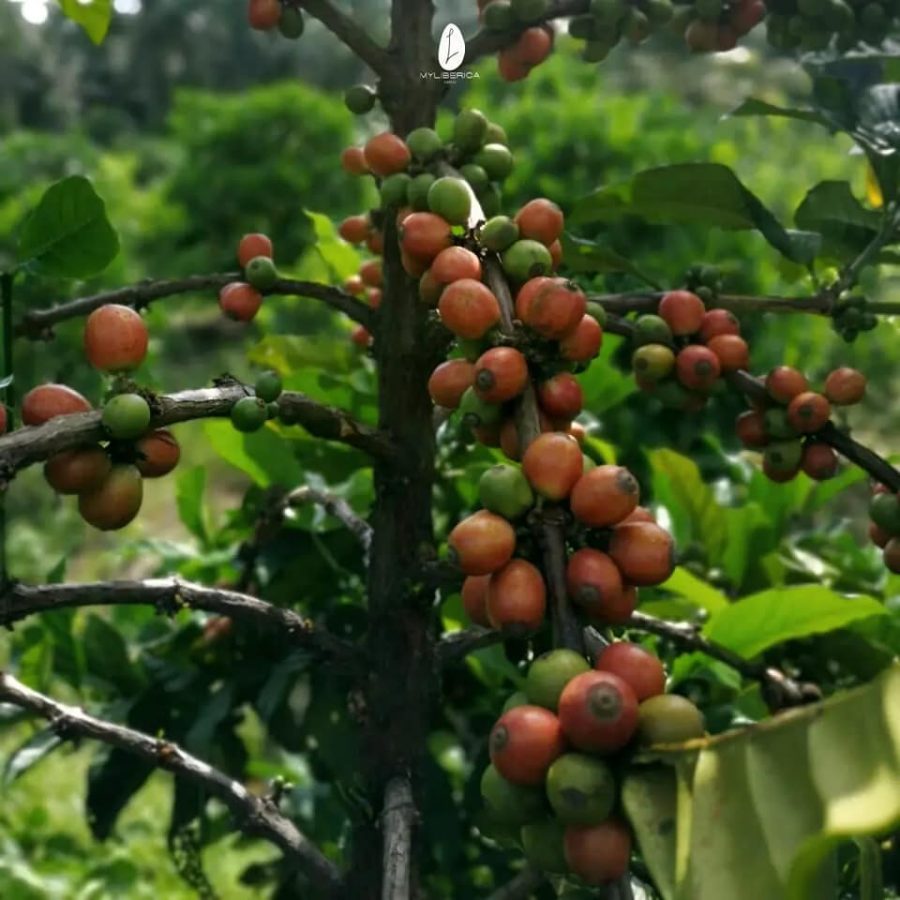
EXPERIENCE IS THE BEST TEACHER
Jason Liew’s family has been farming vegetables and fruits and rearing chickens and ducks since his grandfather’s time, some five decades ago. Jason first discovered speciality coffee beans when studying agriculture in Taiwan. His course also involved coffee tasting, roasting beans, and barista skills. With equipment available at the university campus, he would come up with new flavours and gather feedback from his teachers during lunch breaks. Upon returning home, his passion for coffee only multiplied. Some disease in Limau Kasturi (calamansi) plants on their farm paved the way for coffee plants in the 50-acre space. However, experimenting with different roasting machines at home had its limitations, which eventually inspired him to open a coffee shop, My Liberica Coffee.
Things took a turn when there was a shortage of coffee beans. Back then, growing coffee in Malaysia was a challenge because a significant part of the industry was in the hands of traditional roasters and manufacturers. Jason did work along with them by supplying beans and rebuying the processed and milled beans before roasting them himself. His desire to customise special flavours was not in line with the factories’ priority for efficiency. This setback not only got him to open his coffee processing plant in 2013, but gave rise to his catchphrase ‘From seed to cup.’ For Jason, things looked to be on the up as the 2010s gave way to the 2020s.
In a trice, however, Covid-19 erupted, and restrictions placed their stores in an alarming situation, including the closure of My Liberica Coffee’s KL branch. When it seemed there was no way out, the World Barista Championship (WBC) came as a saving grace. WBC is a platform where baristas from around the world explore different coffee beans, and an Australian barista found out about Jason’s specialty beans and recommended them to his mentee, Danny Wilson, who, using the Liberica beans, won third place at WBC 2021. The attention from this victory in turn attracted orders for Jason from other baristas, as well.
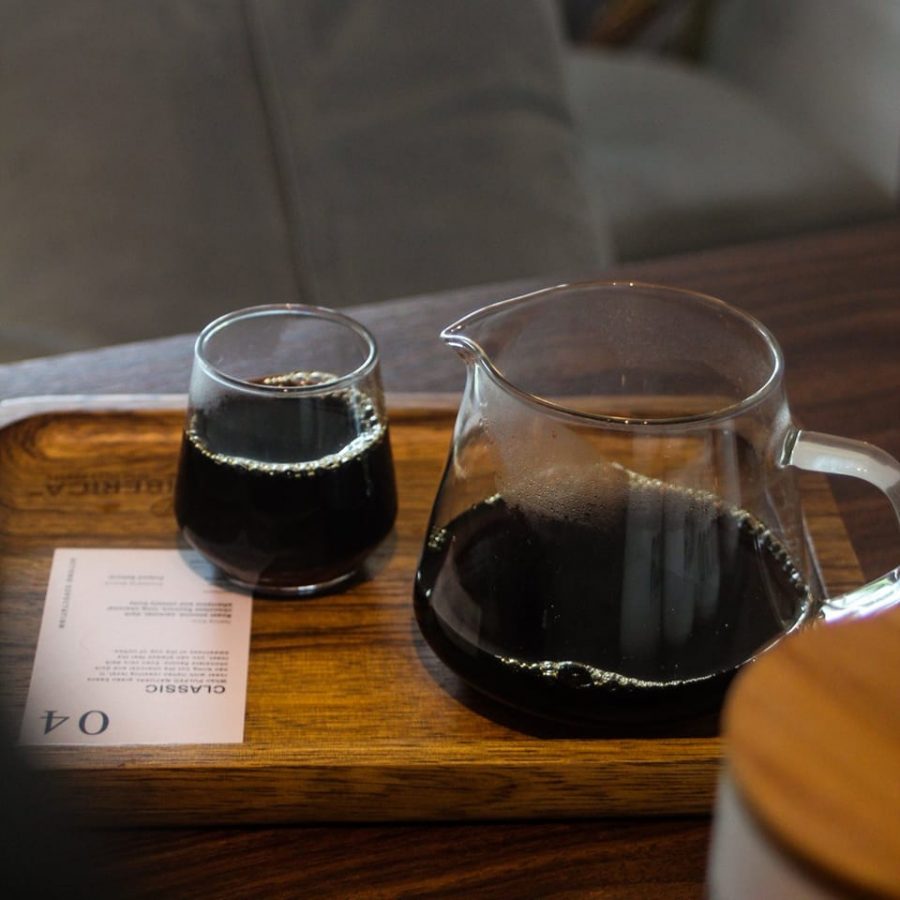
FROM SEED TO CUP
The progression from seed to cup is as complicated as it is interesting. As such, My Liberica also organises educational tours and agrotourism inside their mill. It is relatively easy to cultivate and pick the fruits. My Liberica uses three different methods to process the cherries – natural sun-dried, washed and honey processing methods. Once graded by size, the fully ripe cherries are dried for approximately three weeks. When the fruit skins are removed, the coffee beans have thick layers of mucilage.
In order to maintain consistent coffee quality, the beans will go through the de-mucilage process by removing the fruity, gooey substance in a controlled manner. Once the coffee beans are washed and dried, they get rested for 30 to 120 days in a dark, low-humidity area. This process allows the moisture to move throughout the beans’ cellular structure. After the resting period comes hulling, where the parchments are removed, and you are finally left with the coffee beans.
Roasting the Liberica beans is easy as they are soft in texture, yet due to their inconsistent shapes, the beans need to be monitored to avoid uneven roasting. Following the roasting, coffee beans go through a short rest period, known as de-gassing, to release some of the carbon dioxide created during the process. For brewing, Liberica beans are easier to extract after some modifications on the equipment, as most gears in the market are Arabica-centric.
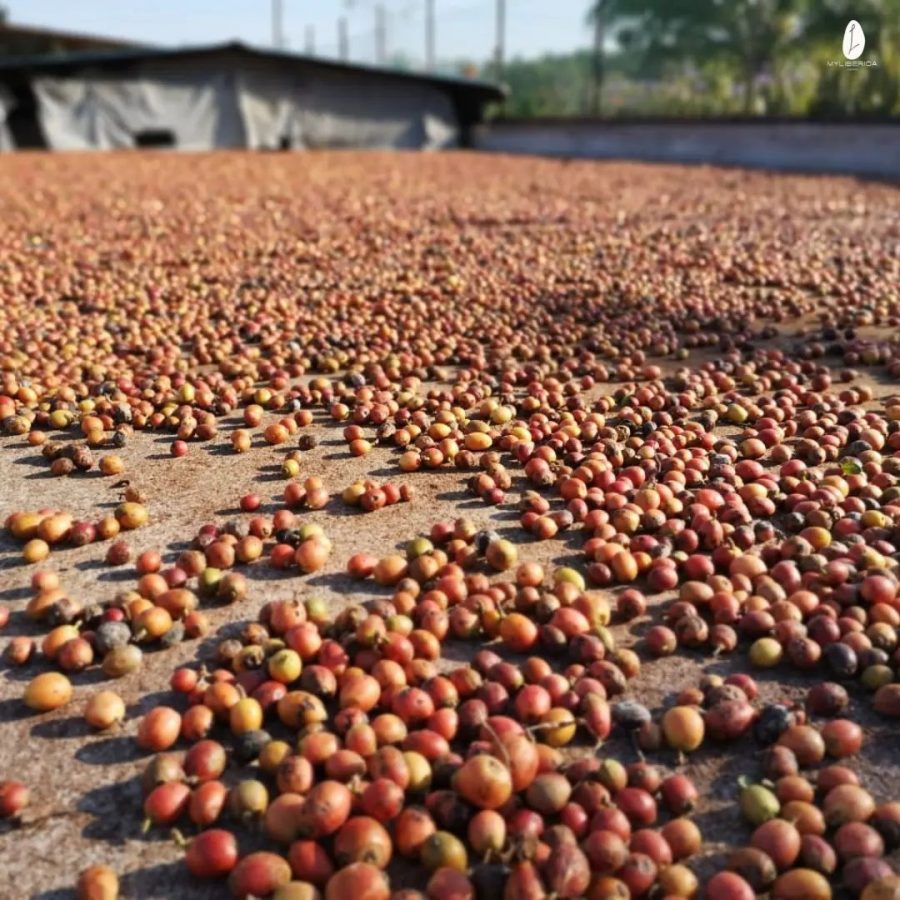
PROFOUND TASTE ON THE PALATE
This asymmetrically shaped bean, with its distinctive taste, makes it a dark horse in the bean race. While beginners find its piquant floral aroma and nutty, smoky flavours somewhat intense, regulars see Liberica as a prized possession. Little do people know that this rare coffee is naturally sweeter than Arabica and Robusta. Its aroma is said to be reminiscent of aniseed and jackfruit. When the coffee combines with milk or dairy products, it still withstands its flavour depth, not being overwhelmed by the dairy content.
Naturally, many baristas have developed an affinity for combining Liberica coffee with Arabica or Robusta. Besides enhancing the Liberica’s natural sweetness, blending adds to the body, strength, and complexity of the coffee. In fact, the most renowned Liberica coffee in the Philippines is known as kapeng barako (Barako coffee) which translates as ‘macho stud.’ In their culture, the word kapeng denotes masculinity, giving a hint to the strong, ‘muscular’ nature of this special coffee.
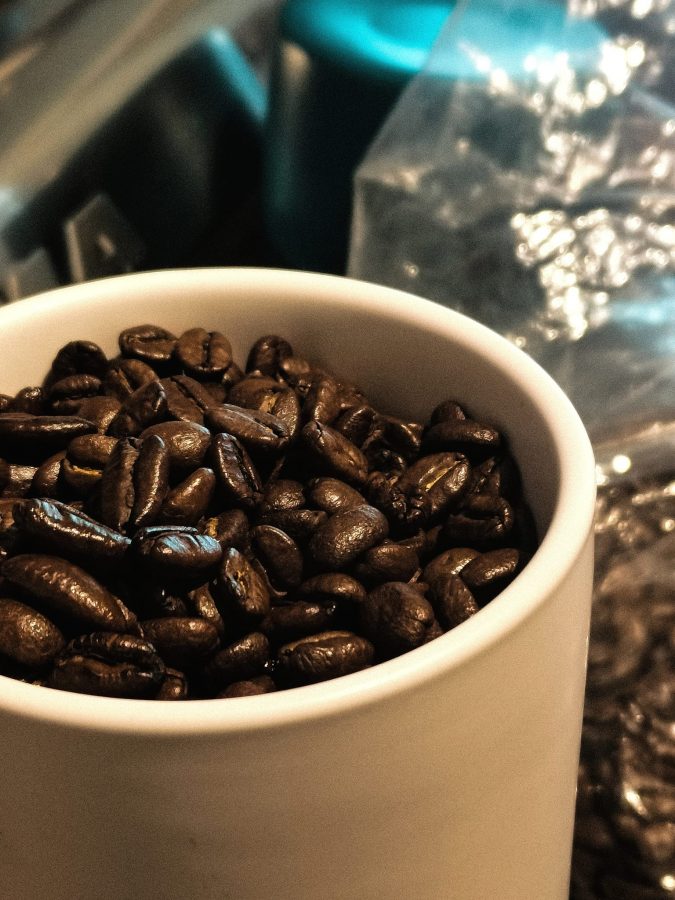
THE RIGHT PAIRING FOR COFFEE
Heading to My Liberica Coffee in Kulai is indeed the best way to cherish a cup of Liberican goodness. As much as a cup of coffee is loved on its own, pairing it with a slice of cake simply elevates the whole experience. Jason advises that this pairing is best determined by the degree of coffee roasting. He strongly recommends the Classic, which is an Italian roast and the darkest roast of all. Each sip is smooth and lends a pleasant roast flavour with a lingering bitter-sweet aftertaste. Eating a cheesecake, with its rich and creamy texture, complements the dark roasted black coffee. For a light or medium roast, a piece of cookie balances off with additional texture.
Many cafés across the country are stocking up on Liberica beans. Moontree House from Kuala Lumpur, which doubles up as a bookstore, offers this rare coffee via siphon brewed and ice-dripped in a quiet and clean space. One Half Coffee is another café exploring various coffees, including Liberica. With numerous barista championship awards up their sleeves, the best insights and techniques about the beans are uncovered in person. Overlooking Padang Kota, Constant Gardener Coffee is a household name for coffee lovers in Penang. Savour bites of a delicious Danish or croissant in between sips of Liberica black coffee.
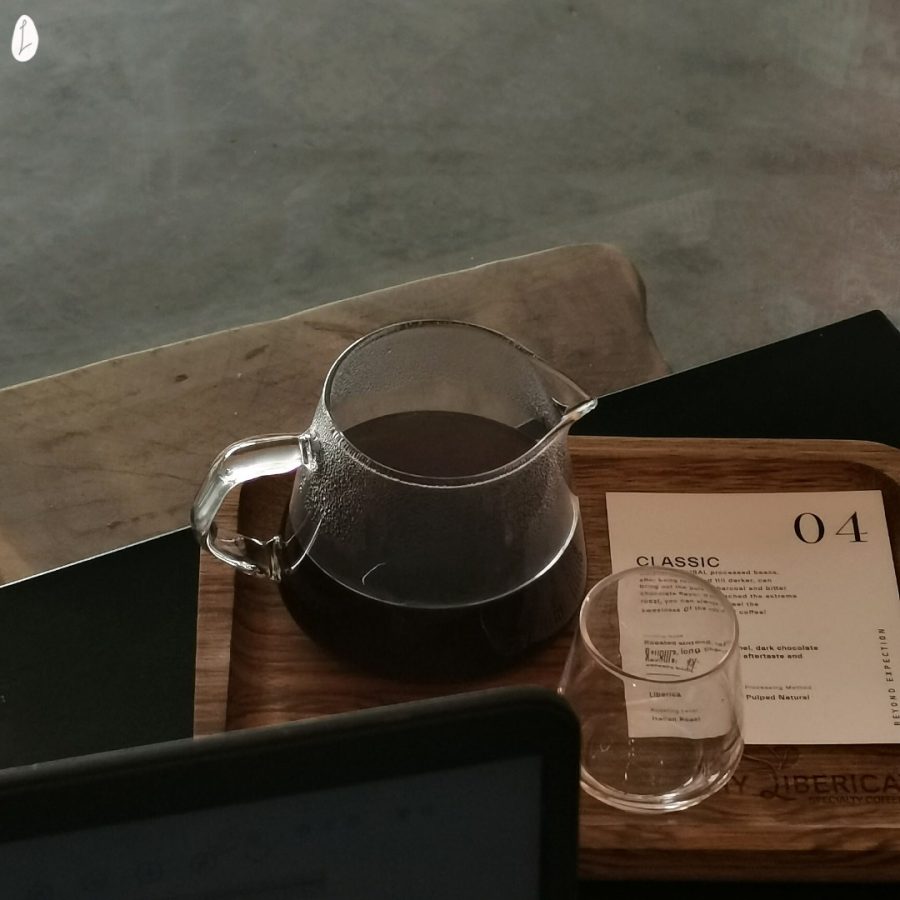
THE FUTURE OF LIBERICA
Despite the uniqueness of this sweet coffee, it is something of a sunset industry in Malaysia. Since Liberica trees are larger than other coffee variants, they require more land. The pulp is thick, therefore the yield is much lower. To save costs, some local manufacturers may prefer sourcing coffee from countries with cheaper labour, forcing local farmers to decrease their prices. The opportunity to grow the Liberica industry in Malaysia is synonymous with the demand for speciality coffee. Here is where coffee aficionados truly distinguish the difference between Liberica and gradually give Arabica and Robusta an interlude.
Jason’s goal is to proliferate the production of Liberica coffee. With continuous improvements in processing methods and getting on par with the demand for specialty coffee, he strives to sell the beans at a proper price, not forgetting to return the profits to farmers as it would also encourage them to uplift the coffee planting industry. If not cultivated and consumed, the future generation may only cherish these beans in museums rather than cafés. Helming a history for over 150 years in Malaysia, this local coffee deserves the limelight through word – and sip – of mouth.
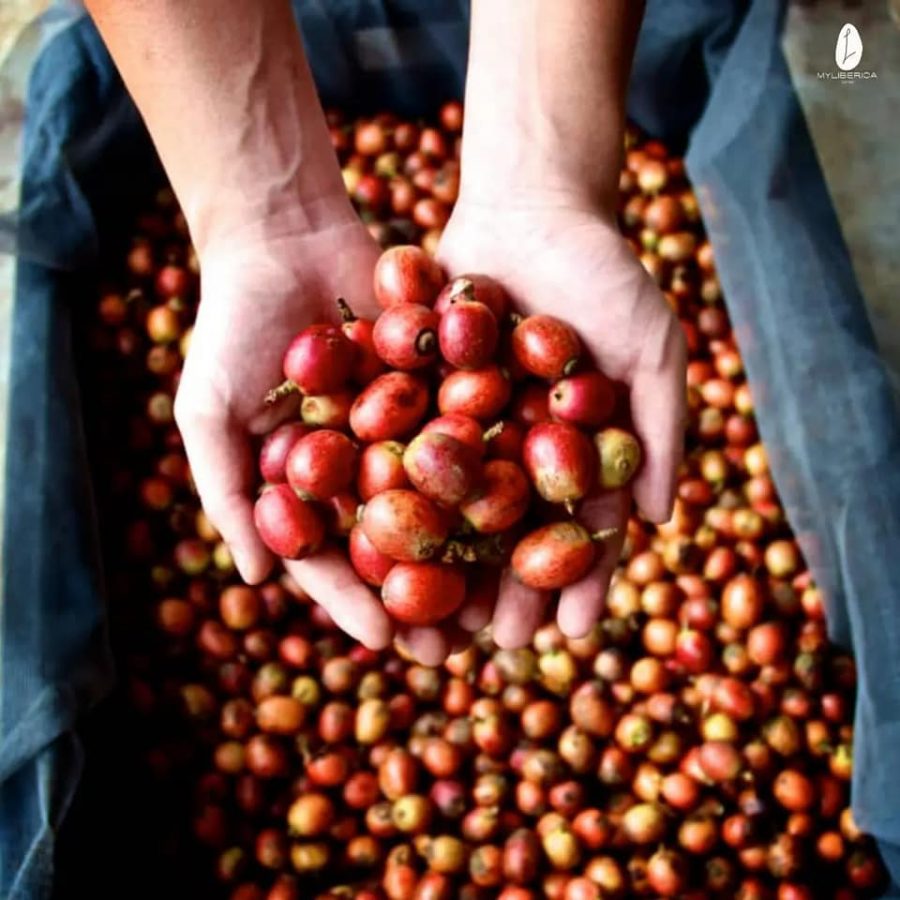
"ExpatGo welcomes and encourages comments, input, and divergent opinions. However, we kindly request that you use suitable language in your comments, and refrain from any sort of personal attack, hate speech, or disparaging rhetoric. Comments not in line with this are subject to removal from the site. "

